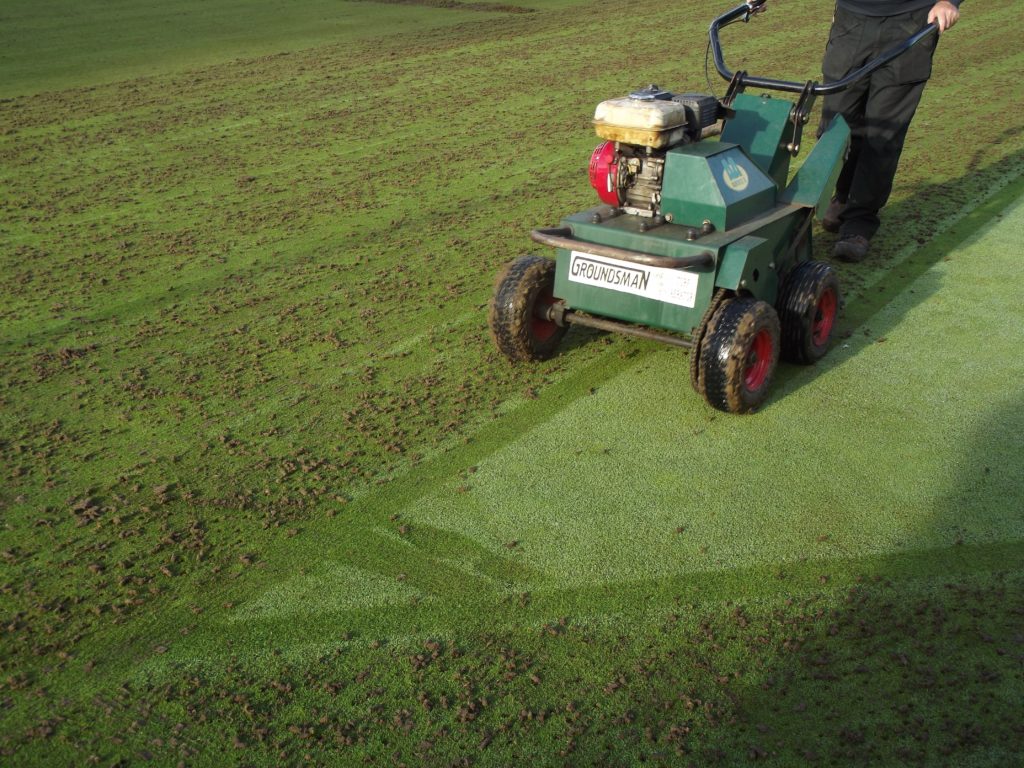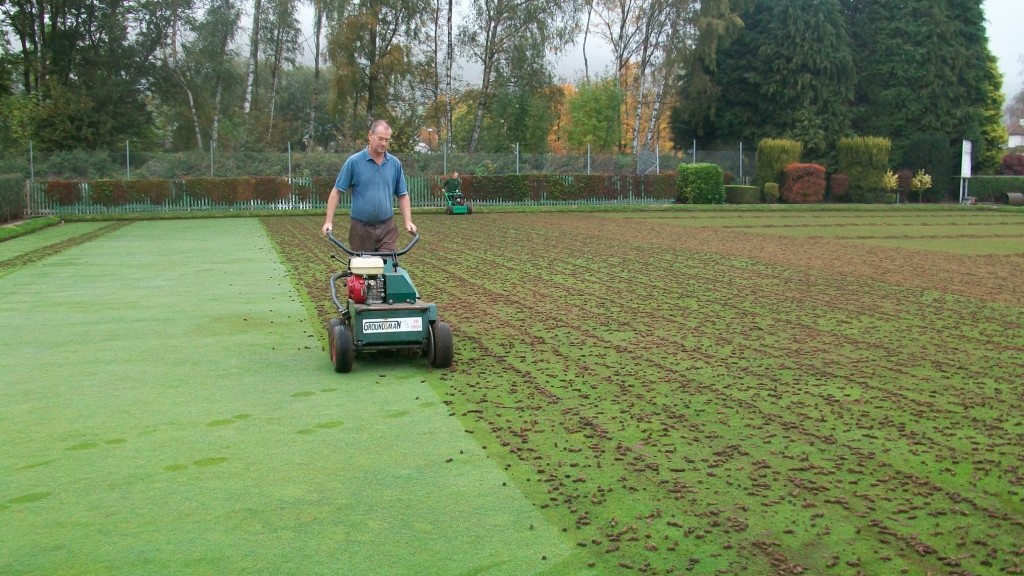I often hear the phrase “putting the green to bed” at this time of year.
It is the most frustrating thing to hear because I don’t know of any club that can afford the luxury of stopping work on the green now.
The autumn and winter period is the most important time to get on top of a range of big problems that blight bowling greens.
For example Thatch encourages diseases such as fusarium, insect pests like leatherjackets and chafer grubs and contributes significantly to the onset of Localised Dry Patch the modern scourge of bowling greens throughout the UK. As if that wasn’t enough excessive thatch also saps the speed from your green and causes heavy, unpredictable rinks, contributes to un-even surfaces, causes bumpiness and bad rinks, reduces the efficacy of fertilisers and encourages weed grasses such as annual meadow grass to predominate the sward.
Then there is Compaction which impedes natural drainage, causes shallow rooting of grasses (which leads to skinning on heads), impedes irrigation and rain penetration and causes root break. And that’s before we even consider its expertise at encouraging weed grasses such as annual meadow grass, its ability to severely reduce the efficiency of irrigation, efficacy of fertilisers and its major contributory role in the creation of un-even surfaces and loss of grass cover on edges and heads.
If you only deal with these two issues this winter you will have gone a long way towards creating a performance green; they won’t go away by giving the green “a rest”.
I recently uploaded a new 18 page special report on autumn and Winter Maintenance of the Bowling Green to the Shop which shows you how to deal with thatch and compaction this Autumn and Winter as well as a host of other problems like Insect Pests, Fungal Disease, Localised Dry Patch and Moss.



